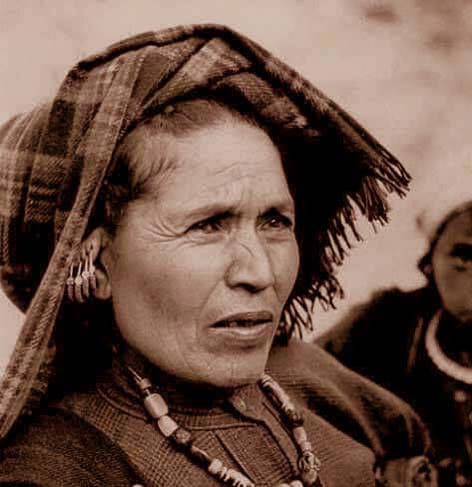A glacial break in the Tapovan-Raini area of Chamoli District of Uttarakhand has led to massive flooding in Dhauli Ganga and Alaknanda Rivers, damaging houses and the nearby Rishiganga power project this Sunday. Sources said there were 100 laborers on the barrage at Rishiganga of which 50 are feared dead. Over 125 people are missing, according to the latest reports, even as seven bodies have been fished out.
The state government has announced ex gratia of Rs. 4 lakh each to the kin of the deceased, Uttarakhand CM Trivendra Singh Rawat said in an official statement.

Raini village in Chamoli district, where flash flood tragedy struck, has played a central role in one of India’s first major environmental movements – the Chipko movement. Gaura Devi, who paved the way for the movement, hailed from this very village.
The Chipko Movement
Back in March 1974 when contractors engaged by an Allahabad-based sports goods company came to Raini village to cut Ash trees, the male members of the village had gone away. It was Gaura Devi and the women of the nearby villages who hugged the trees and didn’t let the contractors cut them.

It was because of her bravery and determination that the contractors backed off and the then Uttar Pradesh government set up a committee of experts to investigate the issue. Later, the committee maintained that the Raini forest area was an ecologically sensitive region and no trees should be felled.
Also, read this story:
Meet Dr. Qing Li – The Man Who Wants You To Walk More In The Forests For Your Own Benefits
If Uttarakhand has good forest cover at present, Gaura Devi has a major role in it.
The environment movement she started made India realize the importance of forests and sustainable development, especially in the Himalayan region where it started. It created awareness of the importance of forests and inspired many policy changes and people to fight to save nature.
The word ‘Chipko’ refers ‘to hug’ and this is how the movement came to be known as the Chipko movement. The movement started in 1973 against the felling of trees and spread throughout the Himalayas. In later days, the Central government brought Forest Protection Act, a law to regulate forests in a bid to conserve them across India.


